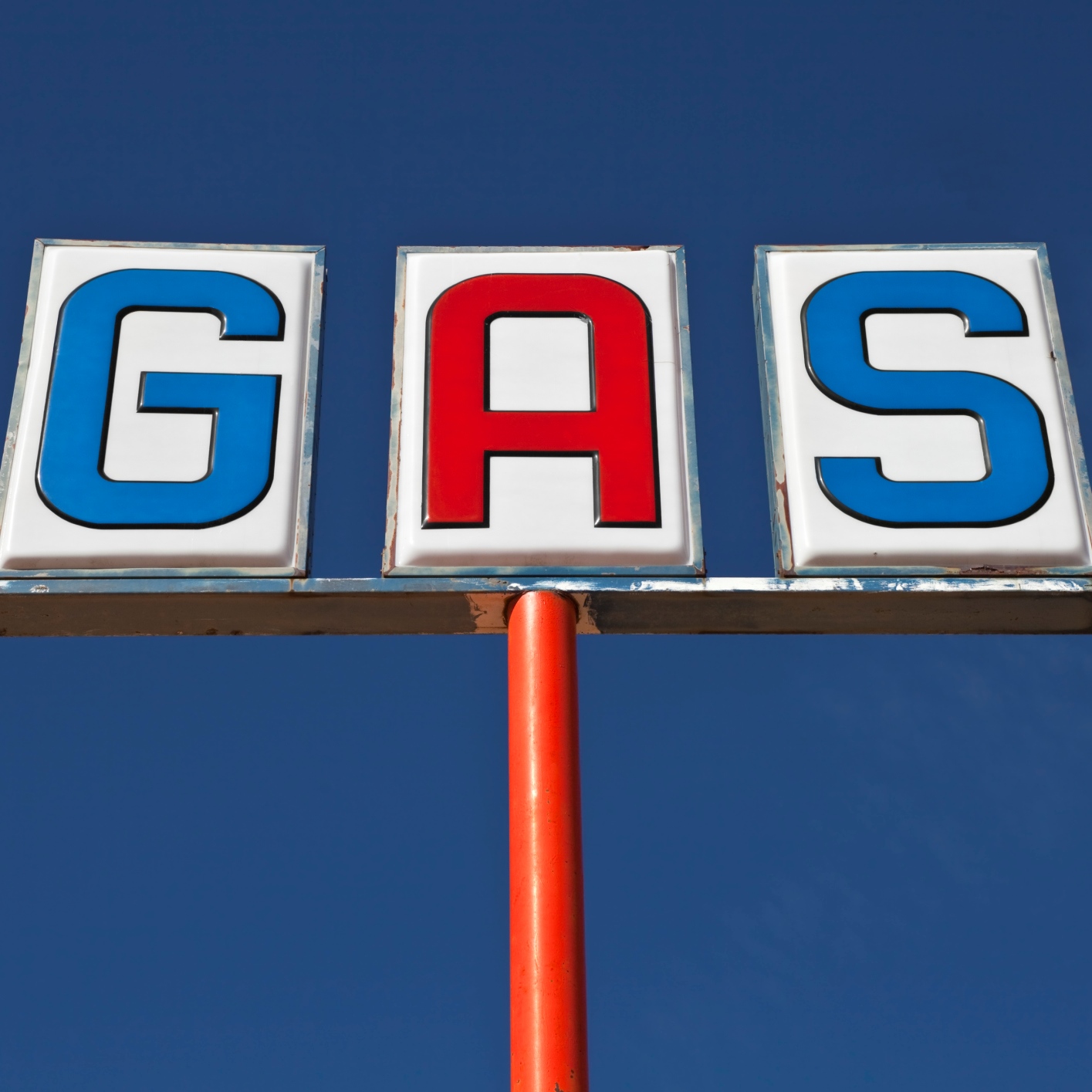Energy
Low Gasoline Prices to Save Motorists $17 Billion in 2016

Published:
Last Updated:

The national average price for a regular gallon of gasoline in 2015 was $2.40, according to analysts at GasBuddy. That average is projected to fall 12 cents to $2.28 in 2016, a decline of about 5%. That’s $1.06 a gallon less than the 2014 average, $1.20 less than the 2013 average and $1.32 less than the 2012 average.
In 2015, U.S. drivers saved $134 billion year over year at the gas pump as a result of the collapse in crude oil prices that began in the fall of 2014 and lasted all through the year. In 2016, motorists will tack on another projected $17 billion in savings, for a two-year combined total savings of $151 billion.
GasBuddy has projected that the year’s lowest national average gasoline prices will come this month and range between $1.91 to $2.06, leading to a national average of $1.97 for the month. Maintenance and upgrades begin for some refiners in February and the maintenance period sends prices higher for a few months. GasBuddy projects that 2016’s peak national average price will occur in May when the range rises to $2.43 to $2.74 and the national average for the month is expected to be $2.63 a gallon.
[ims_survey]
From May through December, the national average price is expected to decline steadily (excepting a small rise in August) to close out 2016 at a national average price of $2.01 in December, not far from the $1.99 per gallon price that closed out 2015.
GasBuddy also projected peak daily average prices in 2016 for a number of U.S. cities. California leads the pack here with a peak average of $3.75 to $4.25 in Los Angeles and $3.65 to $3.95 in San Francisco. Houston’s peak daily average is lowest, $2.30 to $2.50 per gallon, with Atlanta, Denver, Dallas, and Jacksonville peaking at range that tops out at $2.65.
Let’s face it: If your money is just sitting in a checking account, you’re losing value every single day. With most checking accounts offering little to no interest, the cash you worked so hard to save is gradually being eroded by inflation.
However, by moving that money into a high-yield savings account, you can put your cash to work, growing steadily with little to no effort on your part. In just a few clicks, you can set up a high-yield savings account and start earning interest immediately.
There are plenty of reputable banks and online platforms that offer competitive rates, and many of them come with zero fees and no minimum balance requirements. Click here to see if you’re earning the best possible rate on your money!
Thank you for reading! Have some feedback for us?
Contact the 24/7 Wall St. editorial team.